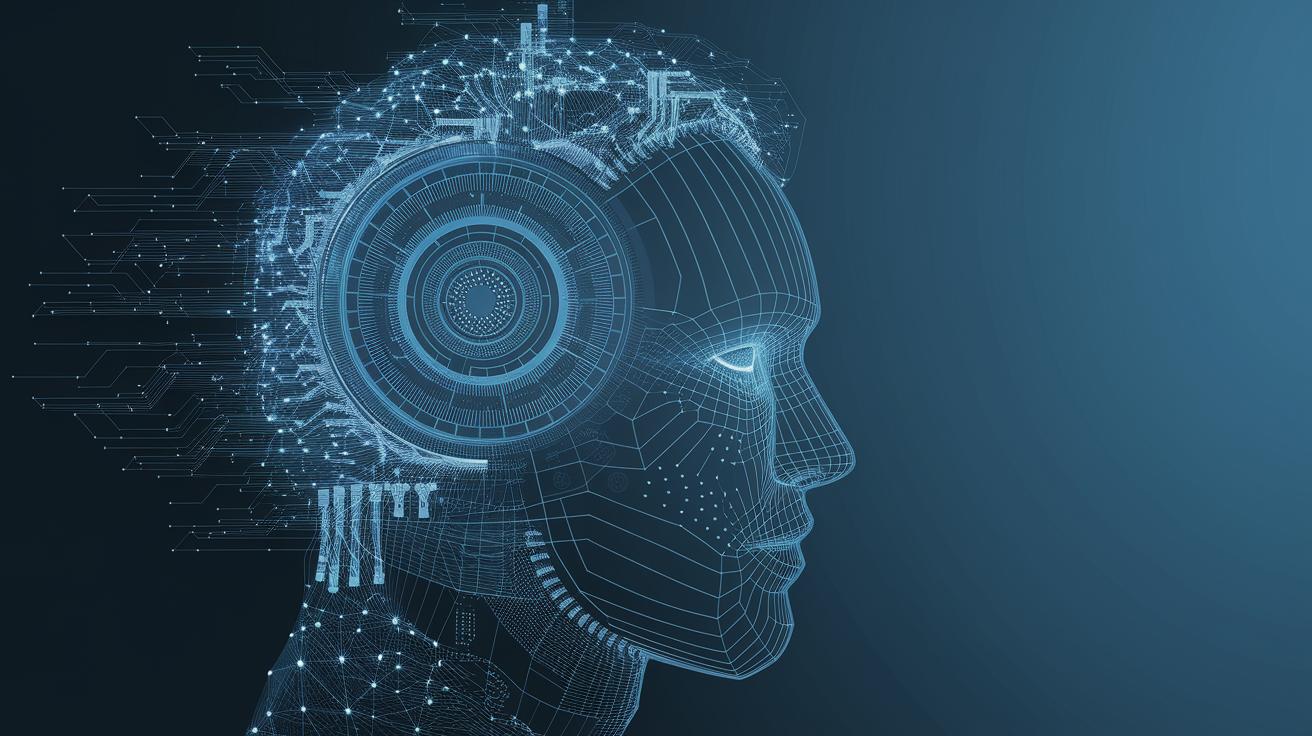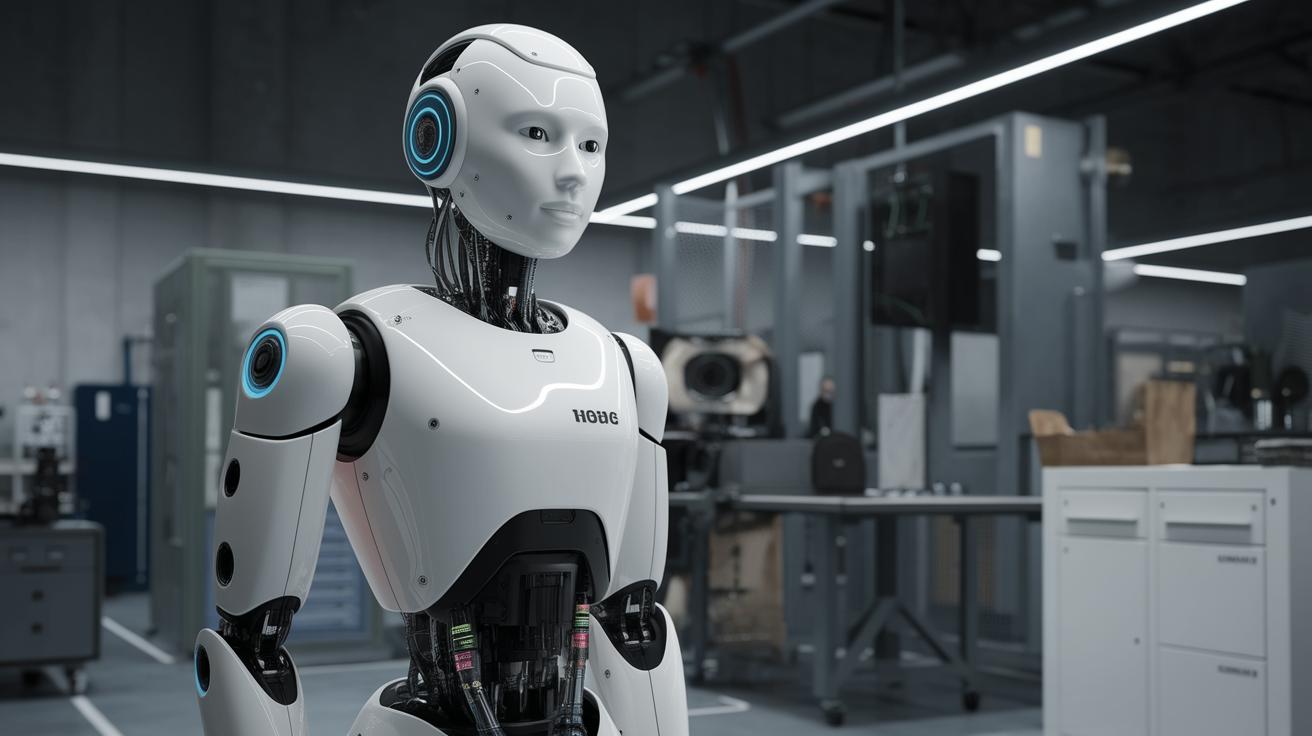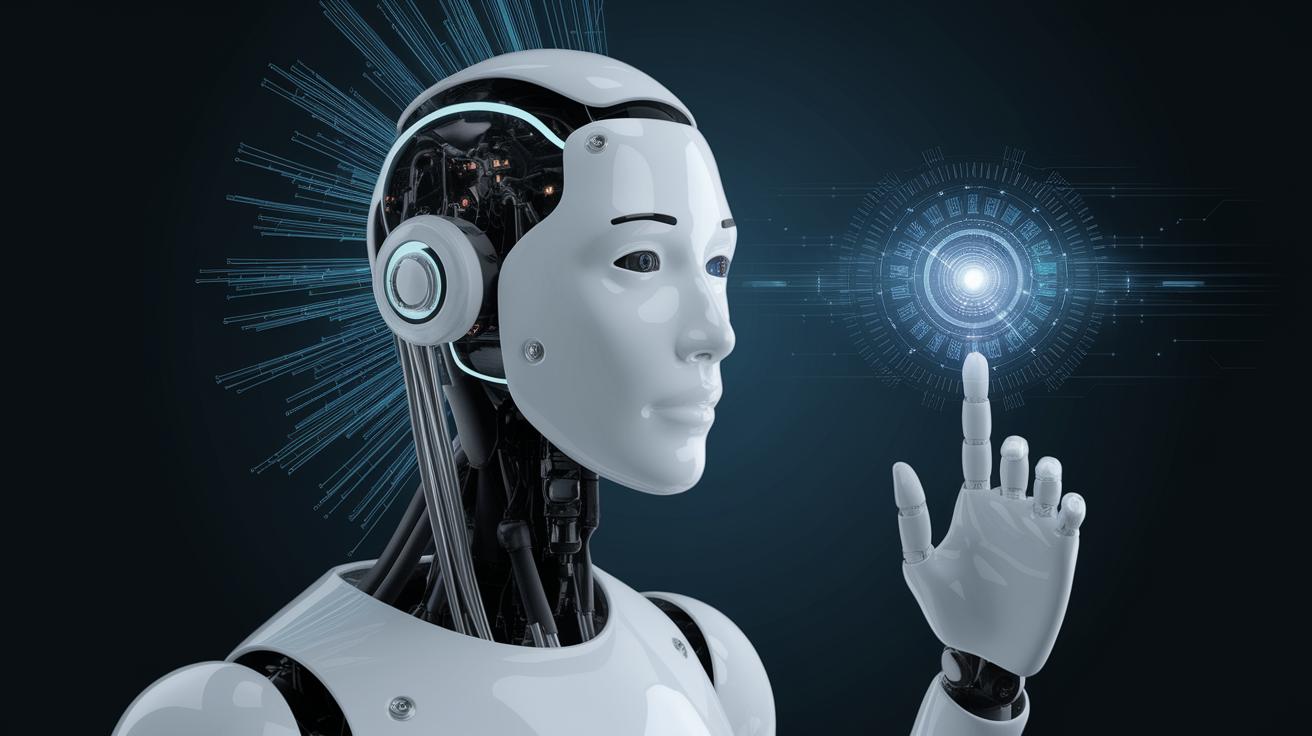The Relationship Between AI and Data Science
The interplay between Artificial Intelligence (AI) and Data Science is reshaping the landscape of technology and various industries. Understanding the fundamentals of these fields is crucial as they increasingly converge to create innovative solutions. Data Science, with its analytical prowess, fuels the advancement of AI, while AI enhances data interpretation and decision-making processes in numerous applications. This article explores key concepts, techniques, challenges, and emerging trends in AI and Data Science. We’ll delve into how this intersection is revolutionizing industries and altering career paths, encapsulating profound transformations, such as those experienced by innovators like Ryan Larsen and Sid. By the end, a summarized table will offer a quick reference to the journey explored through this comprehensive discussion, inviting readers to ponder their own path into the future of technology.
Understanding the Basics: Data Science and AI
What is Data Science?
Data Science is a multidisciplinary field that focuses on extracting knowledge and insights from structured and unstructured data. It combines aspects of statistics, computer science, and domain expertise to analyze and interpret complex datasets. The rise of big data has amplified the need for skilled data scientists capable of translating data into actionable insights, impacting decisions in business, healthcare, finance, and beyond.
The core process in Data Science includes data collection, cleaning, analysis, and interpretation. By leveraging various algorithms and tools, data scientists can derive patterns and predictions that support strategic decision-making. As data becomes a critical asset, proficiency in Data Science is increasingly sought-after in the job market, highlighting its growing significance in the digital era.
What is Artificial Intelligence?
Artificial Intelligence (AI) is a branch of computer science aimed at building smart machines capable of performing tasks that typically require human intelligence. These include visual perception, speech recognition, decision-making, and language translation. AI systems use algorithms to model human cognition and empower applications from autonomous vehicles to personal assistants.
At its core, AI involves creating systems that can function autonomously by learning from data. Fueled by machine learning, a subset of AI, these systems continually improve their understanding and performance over time. The ultimate goal of AI is to enable machines to simulate human intelligence, providing significant advancements in automation and problem-solving across various sectors.
The Intersection of Data Science and AI
How Data Science Fuels AI
Data Science serves as the backbone of AI by providing the necessary data inputs and analytical techniques to develop advanced AI models. The vast amounts of data generated daily create the groundwork for machine learning models that underpin AI technologies. Data scientists play a crucial role in curating and processing this data to ensure it is clean, relevant, and ready for analysis.
AI relies on data-driven insights gained through Data Science to accomplish tasks such as predictive analytics and anomaly detection. By leveraging structured data analysis and pattern recognition, Data Science facilitates the training and refinement of AI models. This synergy between Data Science and AI enables the creation of dynamic, agile systems capable of learning and adapting to new information.
AI’s Role in Data Interpretation
AI enhances the capacity of Data Science by automating and optimizing data interpretation processes. While traditional data analysis relies heavily on human input, AI technologies such as neural networks can autonomously analyze complex datasets and draw insights without explicit human programming. This capability is essential for handling the explosive growth of data in modern contexts.
Moreover, AI’s role in data interpretation extends to recognizing intricate patterns that may be overlooked by human analysts. For example, AI-driven image recognition tools can identify subtle variations across large image datasets, leading to insights in fields like medical diagnostics. Through this advanced data interpretation, AI not only expedites analytical processes but also enhances the accuracy and depth of data insights.
Key Techniques in Data Science and AI
Machine Learning and Predictive Analysis
Machine learning, a pivotal aspect of AI, underpins many data science applications through its ability to learn from and make predictions based on data. By using algorithms to identify patterns, machine learning models evolve and improve over time, providing accurate predictive analysis applicable in various domains like finance, healthcare, and marketing.
Predictive analysis is integral to strategic planning and decision-making, offering projections about future trends based on historical data. By leveraging machine learning, Data Science can transform raw data into insights that guide business strategies, detect fraud, and personalize customer experiences, paving the way for smarter, data-driven outcomes.
Natural Language Processing and AI
Natural Language Processing (NLP) is another crucial intersection where Data Science and AI converge. NLP enables machines to understand and interpret human language, transforming the interaction between humans and computers. AI models trained in NLP can perform sentiment analysis, automatic translation, and even generate human-like text, showcasing profound advancements in human-machine communication.
The development of sophisticated NLP models requires extensive data processing and pattern recognition capabilities. As a result, Data Science plays an instrumental role in curating and analyzing language data, which AI systems utilize to simulate human linguistic behavior. This synergy not only enhances machine comprehension but also opens new frontiers in AI applications across customer service, content creation, and more.
Challenges in Integrating Data Science and AI
Data Quality and Quantity Issues
One of the primary challenges in integrating Data Science and AI lies in ensuring the quality and quantity of data used to develop AI models. Poor-quality data, characterized by inaccuracies or biases, can lead to flawed AI outputs and misguided conclusions. Therefore, data curation and management are critical facets where Data Science expertise is indispensable.
Additionally, the sheer volume of data required for effective AI training presents significant logistical challenges. Access to large, diverse datasets is essential for building robust AI models, yet data acquisition and storage can be resource-intensive. Data scientists must work to address these issues, ensuring that the data used is comprehensive and a true reflection of reality, avoiding the risk of skewed AI application and potential disparities.
Ethical Considerations in AI and Data Science
The ethical implications of AI and Data Science are profound, spanning concerns around privacy, security, and inclusivity. As AI systems become more pervasive, ensuring the ethical use of data and AI technology is paramount. Data scientists and AI developers must prioritize transparency and consider the societal impact of their innovations to prevent discriminatory practices and protect users’ rights.
Furthermore, the potential of AI to make autonomous decisions raises ethical questions that demand careful scrutiny. The balance between exploiting AI’s capabilities and respecting human values is delicate, requiring that ethical guidelines be developed and adhered to across the industry. The quest for responsible innovation highlights the intricate responsibility accompanying the powerful capabilities of AI and Data Science.
The Future of Data Science and AI
Emerging Trends in AI and Data Science
As AI and Data Science continue to evolve, several emerging trends are poised to redefine their impact. The integration of AI with Internet of Things (IoT) technology promises to create more interconnected and responsive systems, enhancing efficiency across industries. Furthermore, advancements in quantum computing may exponentially enhance AI processing capabilities, offering solutions previously thought unattainable.
Additionally, ethical AI development is gaining traction as developers emphasize fairness and accountability in their systems. The increasing focus on explainable AI ensures that decision-making processes are transparent, fostering trust in AI-supported decisions. This trend is crucial as AI’s role in society grows, demanding clearer insights into how AI systems function and their potential biases.
Potential Impact on Various Industries
The influence of Data Science and AI is notable across numerous industries, leading to transformative shifts in processes and strategies. In healthcare, AI models are being employed to predict patient outcomes and personalize medicine, improving diagnostics and treatment efficacy. Meanwhile, in finance, AI-driven analytics offer predictions and insights crucial for risk management and investment decisions.
Retailers leverage AI and Data Science to enhance customer experiences through predictive inventory management and personalized marketing campaigns. The transportation sector is also witnessing AI’s impact, with autonomous vehicles and smart traffic systems emerging as tangible advancements. These examples illustrate the vast potential of AI and Data Science to improve efficiency, cost-effectiveness, and overall quality across industries.
Final Thoughts
Tech Careers: Opportunities in the Technology Sector in 2025
As the technology sector continues to expand, opportunities for those skilled in Data Science and AI are abundant. Companies seek professionals who can create, manage, and interpret complex data-driven systems to foster innovation and maintain a competitive edge. Emerging roles in AI and data analytics are reshaping career landscapes, offering exciting and lucrative pathways for those equipped with the right expertise.
From Microbiology to Data Science: Ryan Larsen’s Transformative Career Journey
Ryan Larsen’s journey from microbiology to Data Science exemplifies the dynamic nature of tech careers. With an initial grounding in scientific research, Larsen leveraged his analytical skills to transition into data-driven roles in biotechnology and AI. His career pivot underscores the adaptability and interdisciplinary reach of Data Science, appealing to professionals eager to enter the tech space from diverse backgrounds.
Iterating Into Artificial Intelligence: Sid’s Path from HR to Data Science & AI
Sid’s shift from a human resources background to a career in AI highlights the versatile nature of data science skills. His journey reflects the potential for professionals from various domains to harness Data Science and AI expertise, bridging gaps and creating new intersections between traditional roles and technological advancement.
| Section | Summary |
|---|---|
| Understanding the Basics: Data Science and AI | An overview of Data Science and AI, highlighting their core principles and objectives. |
| The Intersection of Data Science and AI | Discussion on how Data Science supports AI, and how AI enhances data interpretation. |
| Key Techniques in Data Science and AI | Exploration of machine learning, predictive analysis, and NLP within the context of AI. |
| Challenges in Integrating Data Science and AI | Examination of data quality issues and ethical considerations impacting these fields. |
| The Future of Data Science and AI | Insight into emerging trends and industry impacts, offering a glimpse into future prospects. |


